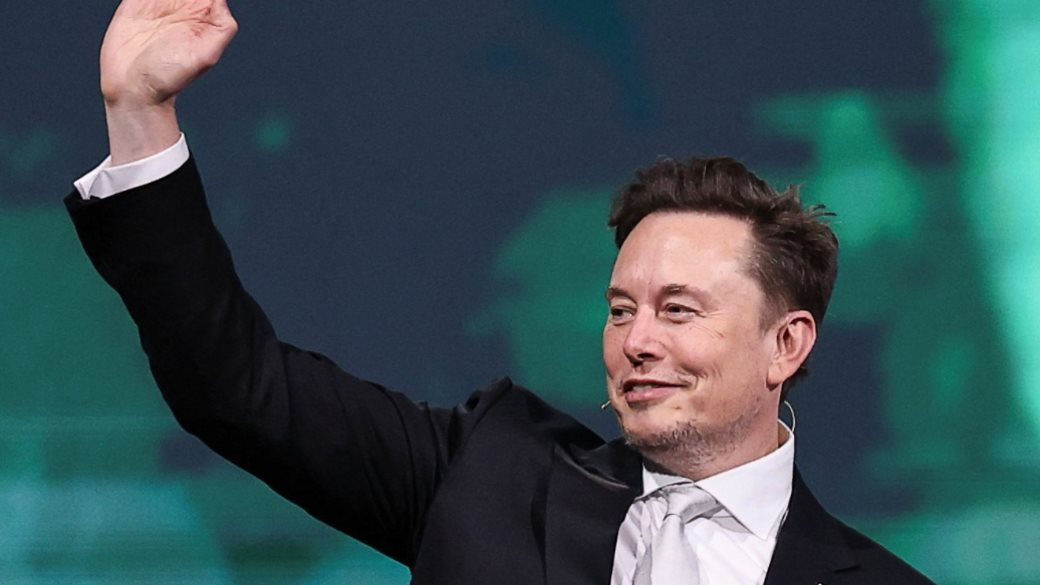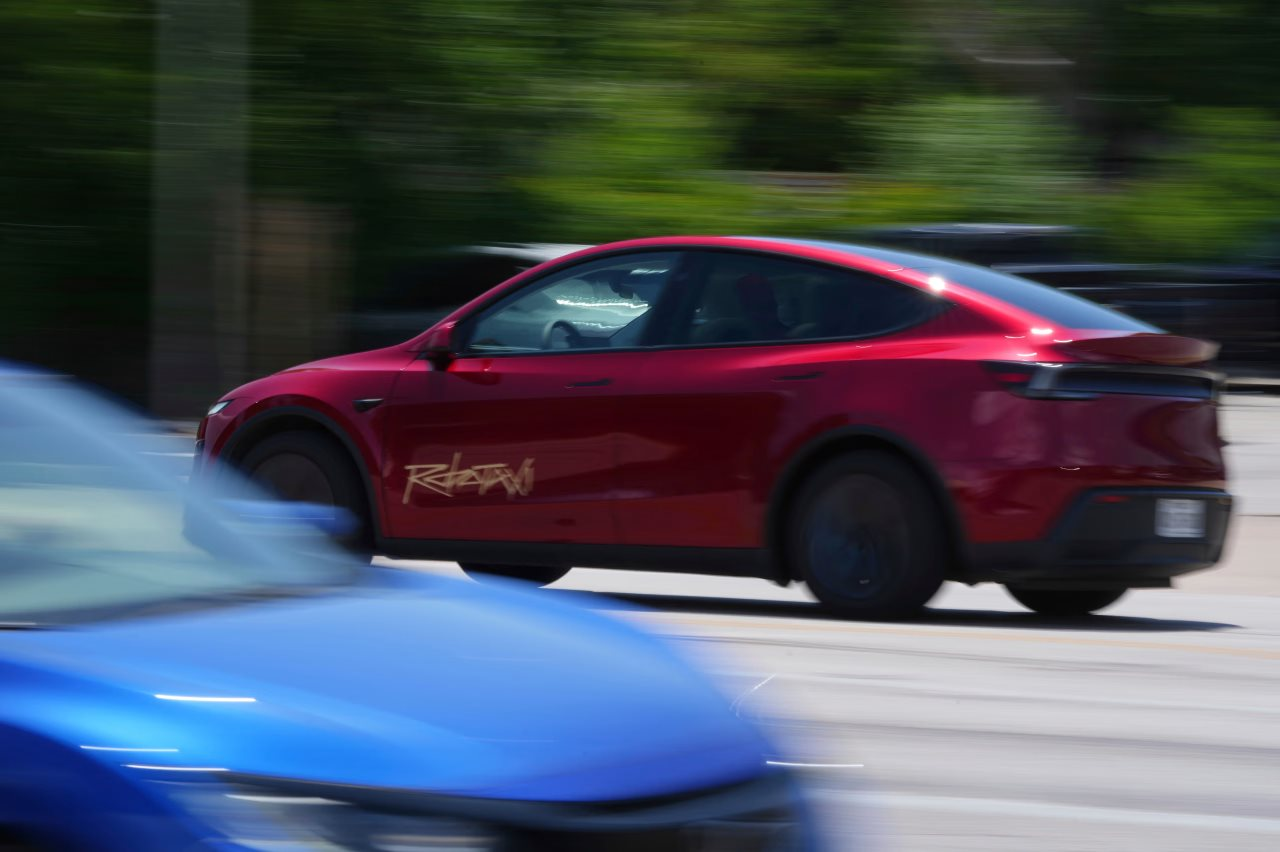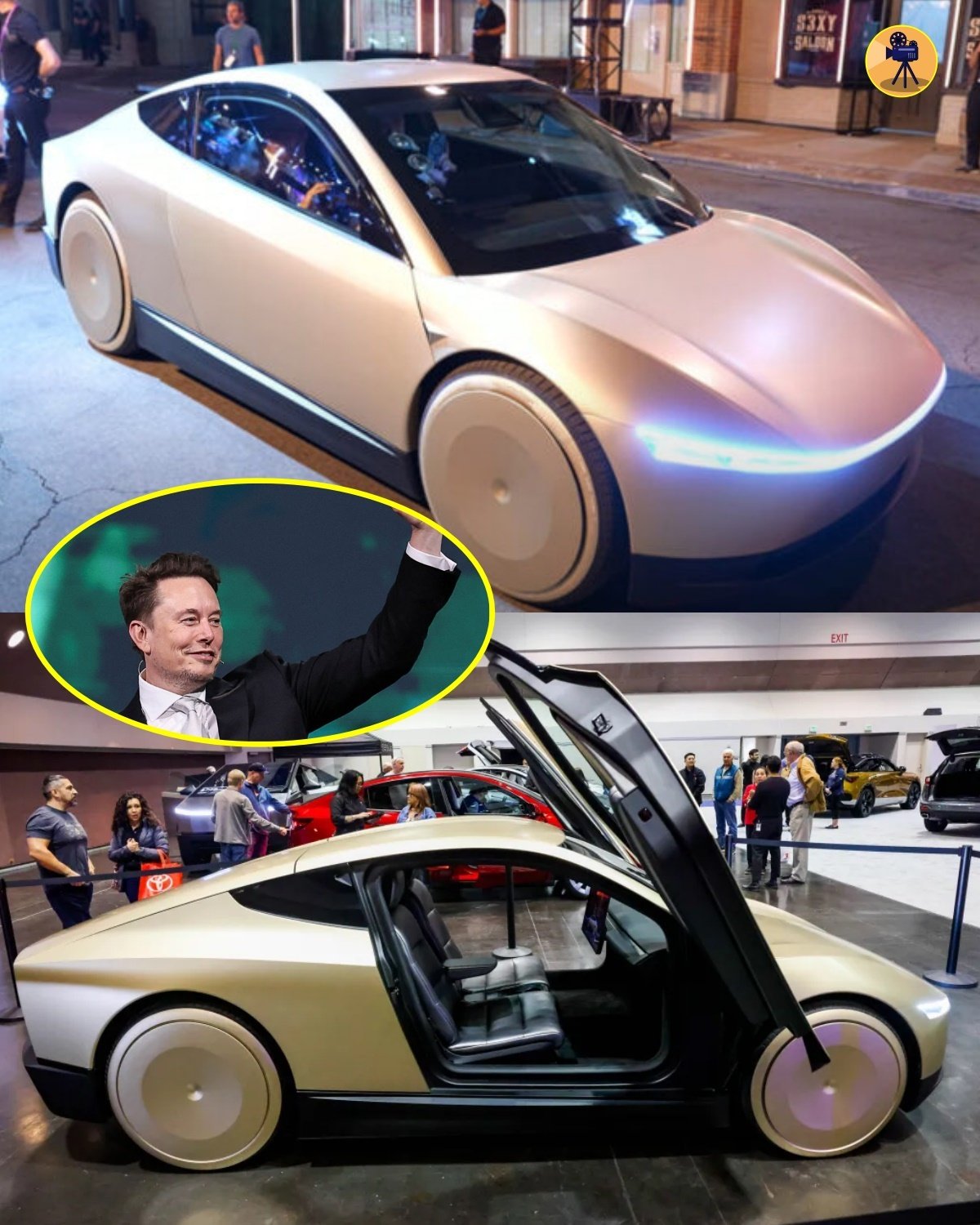Elon Musk Abandons Electric Cars for Robots: Promises Tesla’s Value Will Soar to $10 Trillion as Thousands of Driverless, Pedal-Free Cars Hit the Roads—Genius Visionary or Reckless Gambler? Fans and Critics Clash Over Future of Transportation, AI Risks, and Whether Musk’s Bold Claims Are Hype or History-Making.
After the electric car revolution, Elon Musk is directing the world to look up to the “shining city on the top of a hill” as he imagines it.

According to the WSJ, Elon Musk’s Tesla is falling into one of the worst sales periods in history. The company has just announced a 13.5% decline in global sales in the second quarter compared to the same period last year. Previously, the first quarter also recorded a decline of 13%.
Meanwhile, rivals such as General Motors and BYD (China) are constantly launching high-tech electric models, snatching market share from Tesla. The US Congress is also preparing to cut tax incentives for electric vehicles, amid consumers’ return to traditional gasoline cars.
“I encourage people not to pay too much attention to the pothole in front of them, but to look up at the shining city on the top of the hill,” Elon Musk told investors in April.
On that “hilltop”, Musk is drawing the future of self-driving cars and humanoid robots. Although about 75% of Tesla’s $100 billion revenue in 2024 will come from car sales, Musk insists he has shifted his focus to self-driving technology and robotics.
Musk has frozen plans to launch a $25,000 low-cost “Model 2” car. Asked if the model would be revived, he said Tesla is now focusing on developing a version without a steering wheel and pedals — called Cybercab.
“Launching a traditional $25,000 model at this time is pointless and goes against our vision,” Musk said.
Currently, the stainless steel Cybertruck model – the only new product in the past 5 years does not meet sales expectations. Earlier this year, Tesla said it was focusing on reducing the selling price of its current models.
“The cost of monthly installments is the biggest deciding factor when consumers choose our vehicles,” said Lars Moravy, Vice President of Vehicle Engineering.
ROBOT DREAM
Despite the fact that sales have plummeted, Tesla’s market value is still close to $1 trillion, mainly thanks to confidence in Musk’s vision of the future.
According to many Wall Street experts, the car business is only worth $50-100 per share, while the actual price is nearly $300.
“Most investors value Tesla’s core car segment at only about $50-$100 per stock,” said Adam Jonas, an expert at Morgan Stanley.
However, the business results paint a less optimistic picture: Tesla’s profit fell 71% in the first quarter. The $409 million profit was only obtained by selling $595 million in emissions credits to other automakers.
It is expected that the financial report for the second quarter (July 23) will show a further 10% decrease in sales and a nearly 20% decrease in profit.

The situation is even more difficult when the global demand for electric vehicles decreases. In the US, according to estimates by Cox Automotive, EV sales fell 7% in the second quarter. Ford, Hyundai, and Kia all fell, while GM rose sharply thanks to the Cadillac Escalade and the electric Chevrolet Equinox EV.
The Tesla brand is also influenced by Elon Musk’s political activities, causing customers from many political factions to turn their backs.
At the end of May, Musk stepped down from his role in the Government Efficiency Department. At the same time, Tesla’s board of directors contacted the headhunting company, some of whom wanted Musk to spend more time with the company. However, Chairman Robyn Denholm affirmed that he still has faith in Musk and his long-term development plans.
However, Elon Musk is unlikely to leave politics. He spent nearly $300 million to support President Trump’s campaign. Recently, the two have had many public verbal battles on social networks.
Last week, Tesla parted ways with Omead Afshar — Musk’s close right-hand man, in charge of sales and production in the US and Europe. Part of Afshar’s position will be taken by Tom Zhu, who has been to China to help compete in the Asian market.
A few weeks earlier, Milan Kovac, the head of the Optimus robotics program, also left the company on the pretext of “spending time with family abroad.”
While the electric vehicle segment is struggling, Musk is betting big on the robotaxi service in Austin, Texas, which launches on June 22. The image shows Musk celebrating with the robotaxi team at a table full of pizza boxes and Diet Coke.
However, Musk is not a pioneer in this segment – Alphabet’s rival Waymo has operated hundreds of robotaxis in many US cities.
Tesla believes that robotaxis can increase the market value by $5,000 – $10,000 billion. Last week, Tesla demonstrated a Model Y self-driving car from the factory to the customer’s home, a distance of about 30 minutes.
Musk predicts that by the end of 2026, hundreds of thousands of Tesla cars will be fully self-driving on American streets, many of which will be private cars subleased by car owners such as Uber or Airbnb.
Tesla’s latest impact report presents a vision for the future: A “Richard Scarry” city with self-driving cars on the move constantly, solar energy everywhere, and Optimus robots pushing strollers, watering plants, and carrying things to help the elderly.
In the report, it reads: “We believe that automation will save lives, save time and money, and improve the quality of life for all.

